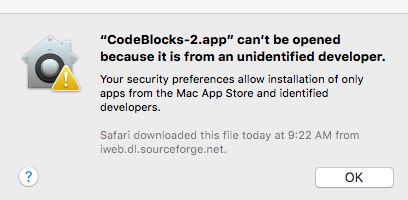Many readers today want to code anywhere, using any device, and at any time. Obviously, hauling around a desktop system or even a high end laptop is not on the list of things they want to do. I thought it unique when a reader wrote me to say that coding on a smartphone should be included in my books. I have since had several more readers make the same request. So, I’m no longer surprised to hear about the various methods used to produce source code.
Personally, I think squinting while I code would be uncomfortable, but I definitely don’t want to hinder anyone’s learning process, so many (not all) of my introductory books now include a chapter on coding with mobile or online IDEs. For C++ All-In-One for Dummies, 4th Edition the mobile device tool of choice is CppDroid (a mobile IDE for C++). Python books, such as Beginning Programming with Python For Dummies, 3rd Edition, Python for Data Science for Dummies, and Machine Learning for Dummies, 2nd Edition, rely on Google Colab (an online IDE). Just out of curiosity, I tried Google Colab using my smart TV and it did work—not that I plan to code using my TV anytime soon. Even though my latest book, Machine Learning Security Principles, doesn’t include any sort of IDE setup chapter, I did test the source code using Google Colab for that book as well.
Any time you change IDEs, you need to test your code to actually ensure that it will work with that IDE. Consequently, during the writing process I carefully tested every example on both my desktop system and the alternative IDE that the book supports. This dual testing process helps ensure you have a great learning experience. Unfortunately, I don’t have the time or resources to test every possible IDE out there. To obtain a good learning experience from my books, you need to choose one of the IDEs that I mention. In addition, it’s essential that you choose the correct version of the IDE, the one that matches the book, because vendors tend to introduce breaking changes into IDEs and compilers during the upgrade process.
When you contact me about an IDE issue, the first thing I need to know is which book (and edition of that book) you have, followed by the operating system and IDE version you’re using. Otherwise, it’s very tough for me to try to help you and I do want to help you within reason. No, I’m not going to try to support the alternative IDE that you like that was created for you by your long lost relative. I’ll only support the IDEs specifically mentioned in the book. That said, I do want to hear your input about IDEs at [email protected]. If you’re encountering a problem with the IDE that’s used in the book, I definitely need to know about it and I’ll post some helpful information about it on this blog.

